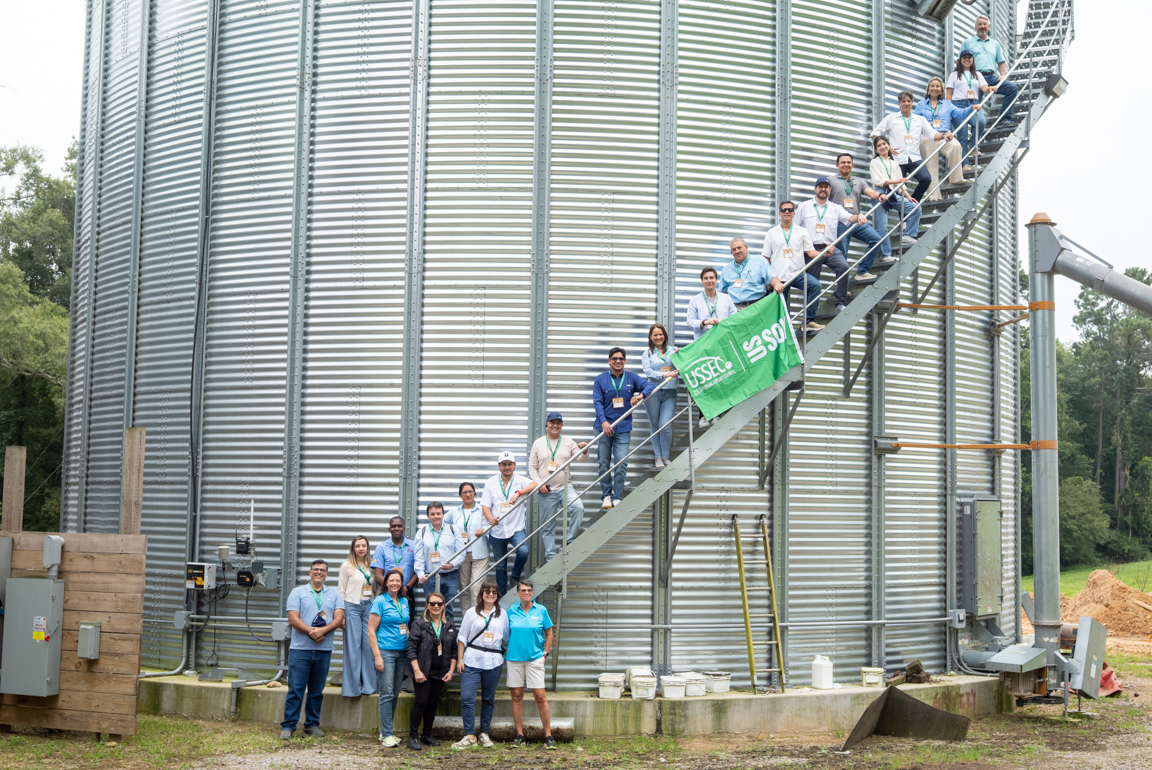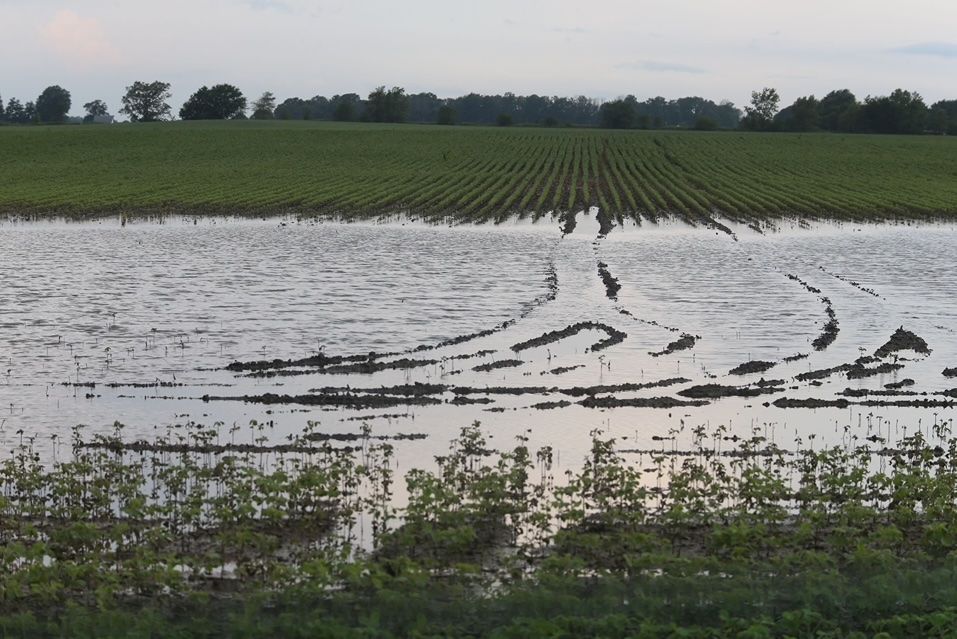Could Weather Affect Your Soybean Quality?

Three weather events that could increase or decrease oil and protein content in your soybeans
Many factors help determine soybean protein and oil content – even the weather.
Selecting soybean varieties with increased oil and protein content is important to meeting the demands of today’s customers. Soybeans with higher levels of those quality components create more demand, which can improve the farmer’s bottom line.
To a large extent, oil and protein content depends upon factors outside of a farmer’s control, such as weather and geography. University of Minnesota Extension soybean agronomist Seth Naeve has studied how the timing of specific weather events affects the component quality of a crop.
“The timing of any stressor has a huge effect on the quality of the soybeans at the end of the season,” he says.
Naeve offers three examples of how the weather could affect your soybeans’ quality:
1. Temperature. Naeve says the connection between temperature and soybean quality isn’t well understood, but he hopes to conduct more research. “High temperatures reduce overall yield,” he says. “Warmer temperatures at the end of season tend to increase oil more than protein, but it’s quite complicated. It all depends on the timing of the stress.”
2. Drought. Early-season drought tends to reduce protein, while late-season drought increases it. “Late-season drought increases protein because it reduces oil level. Anything that affects oil will inversely affect protein,” Naeve says.
3. Severe weather. Anything that removes a soybean plant’s leaves, such as severe weather, can affect oil and protein content. “If the soybean plant’s leaves are removed in any way, either from hail or leaf-chewing insects, the protein level in the seed will be reduced,” Naeve says.
U.S. soy’s No. 1 customer, animal agriculture, depends on high levels of protein to feed poultry, swine, fish and other animals. The easiest way to improve protein content is through variety selection. Ask your seed dealer for varieties that will produce higher levels of protein and oil without sacrificing yield.
Despite some indications of how the weather could affect U.S. soybean quality, Naeve says that he has a hard time telling farmers to base their management decisions around it.
“We don’t know enough about how the weather affects soybean quality to give recommendations other than careful variety selection. Additionally, more yield will always provide more protein and oil per acre.”



